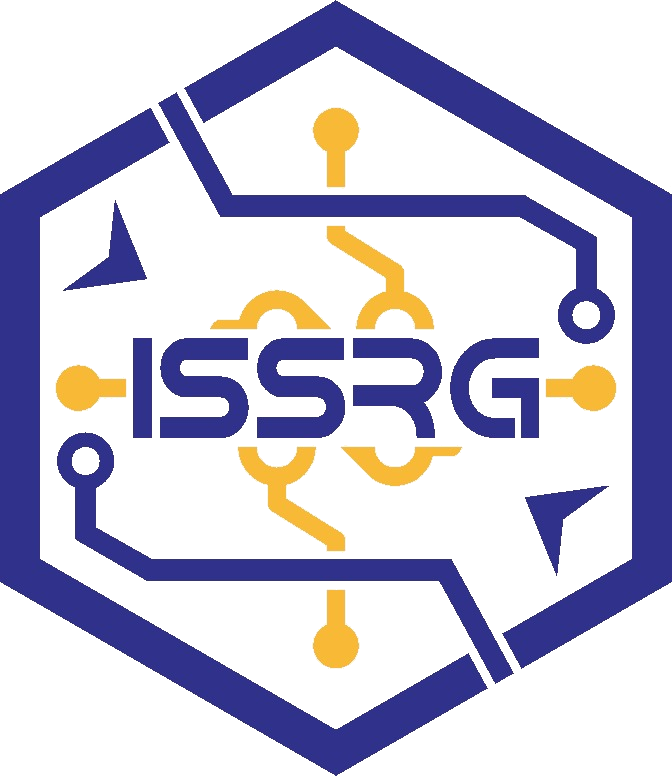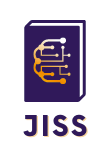Building a Knowledge Graph on Video Transcript Text Data
Abstract
Youtube is a video platform which not only provides entertainment but also education in which knowledge can be dug based on video transcripts. The results of this knowledge can be formed as a knowledge graph to build a knowledge base that saves storage space. Moreover, it can be used for other purposes such as recommendation systems and search engines. Prosen built a knowledge graph using NLP to extract the text by identifying the subject-verb-object (SVO) and stored in the graph database. The construction of a knowledge graph on a Youtube video transcript was successfully carried out. However, there are still obstacles in the process of extracting text using NLP which is less optimal so it is possible that there is still a lot of knowledge that has failed to be obtained.
Full Text:
PDFReferences
E. T. Maziriri, P. Gapa, and T. Chuchu, “Student Perceptions Towards the use of YouTube as An Educational Tool for Learning and Tutorials,” Int. J. Instr., vol. 13, no. 2, pp. 119–138, Apr. 2020, doi: 10.29333/iji.2020.1329a.
T. Al-Moslmi, M. Gallofre Ocana, A. L. Opdahl, and C. Veres, “Named Entity Extraction for Knowledge Graphs: A Literature Overview,” IEEE Access, vol. 8, no. February, pp. 32862–32881, 2020, doi: 10.1109/ACCESS.2020.2973928.
F. Daniel and P. N. L. Taneo, Teori Graf. Sleman: Deepublish, 2019.
R. J. Wilson, Introduction to Graph Theory, Fourth., vol. 148. Harlow: Oliver & Boyd, 1972.
Y. Jia, Y. Qi, H. Shang, R. Jiang, and A. Li, “A Practical Approach to Constructing a Knowledge Graph for Cybersecurity,” Engineering, vol. 4, no. 1, pp. 53–60, Feb. 2018, doi: 10.1016/j.eng.2018.01.004.
R. J. Wilson, Introduction to Graph Theory. 1996.
P. Chen, Y. Lu, V. W. Zheng, X. Chen, and B. Yang, “KnowEdu: A System to Construct Knowledge Graph for Education,” IEEE Access, vol. 6, pp. 31553–31563, 2018, doi: 10.1109/ACCESS.2018.2839607.
P. Chen, Y. Lu, V. W. Zheng, X. Chen, and X. Li, “An automatic knowledge graph construction system for K-12 education,” in Proceedings of the Fifth Annual ACM Conference on Learning at Scale - L@S ’18, 2018, pp. 1–4, doi: 10.1145/3231644.3231698.
O. Tilk and T. Alumäe, “Bidirectional Recurrent Neural Network with Attention Mechanism for Punctuation Restoration,” in Proceedings of the Annual Conference of the International Speech Communication Association, INTERSPEECH, Sep. 2016, vol. 08-12-Sept, pp. 3047–3051, doi: 10.21437/Interspeech.2016-1517.
G. Donabauer, U. Kruschwitz, and D. Corney, “Making Sense of Subtitles: Sentence Boundary Detection and Speaker Change Detection in Unpunctuated Texts,” in Companion Proceedings of the Web Conference 2021, Apr. 2021, pp. 357–362, doi: 10.1145/3442442.3451894.
A. Goyal, V. Gupta, and M. Kumar, “Recent Named Entity Recognition and Classification techniques: A systematic review,” Comput. Sci. Rev., vol. 29, pp. 21–43, Aug. 2018, doi: 10.1016/j.cosrev.2018.06.001.
E. Yaman and K. Krdzalic-Koric, “Address entities extraction using named entity recognition,” Proc. - 2019 Int. Conf. Futur. Internet Things Cloud Work. FiCloudW 2019, vol. 13, pp. 13–17, 2019, doi: 10.1109/FiCloudW.2019.00016.
S. Fletcher and M. Z. Islam, “Comparing sets of patterns with the Jaccard index,” Australas. J. Inf. Syst., vol. 22, pp. 1–17, Mar. 2018, doi: 10.3127/ajis.v22i0.1538.
DOI: http://dx.doi.org/10.26798/jiss.v1i1.585
Article Metrics
Abstract view : 902 timesPDF - 716 times
Refbacks
- There are currently no refbacks.
Copyright (c) 2022 Bagas Triaji
This work is licensed under a Creative Commons Attribution-ShareAlike 4.0 International License.
- https://jurnal.narotama.ac.id/
- https://www.spb.gba.gov.ar/campus/
- https://revistas.unsaac.edu.pe/
- https://proceeding.unmuhjember.ac.id/
- https://ejournal.uki.ac.id/
- https://random.polindra.ac.id/
- https://scholar.ummetro.ac.id/
- https://ejournal.uika-bogor.ac.id/
- https://www.iejee.com/
- https://e-journal.iainptk.ac.id/
- https://journal.stitpemalang.ac.id/
- https://revistas.unimagdalena.edu.co/
- https://catalogue.cc-trieves.fr/
- https://revistas.tec.ac.cr/
- https://jurnal.poltekapp.ac.id/
- https://ojs.ucp.edu.ar/
- https://ihcway.sakura.ne.jp/
- http://www.apps.buap.mx/
- http://media-ojs.vls.icm.edu.pl/
- https://saber.unioeste.br/
- https://cinnda.org/
- https://jurnal.untidar.ac.id/
- https://ojs.adzkia.ac.id/
- https://supp.journalrmc.com/
- https://journal.thamrin.ac.id/
- https://ejurnal.unima.ac.id/
- https://journal.umpalopo.ac.id/
- https://ejournal.upnvj.ac.id/
- https://journal.ittelkom-pwt.ac.id/
- https://ojs.unpatompo.ac.id/
- https://jurnal.staim-probolinggo.ac.id/
- https://jurnal.ppi.ac.id/
- https://revistas.urp.edu.pe/


1.png)



